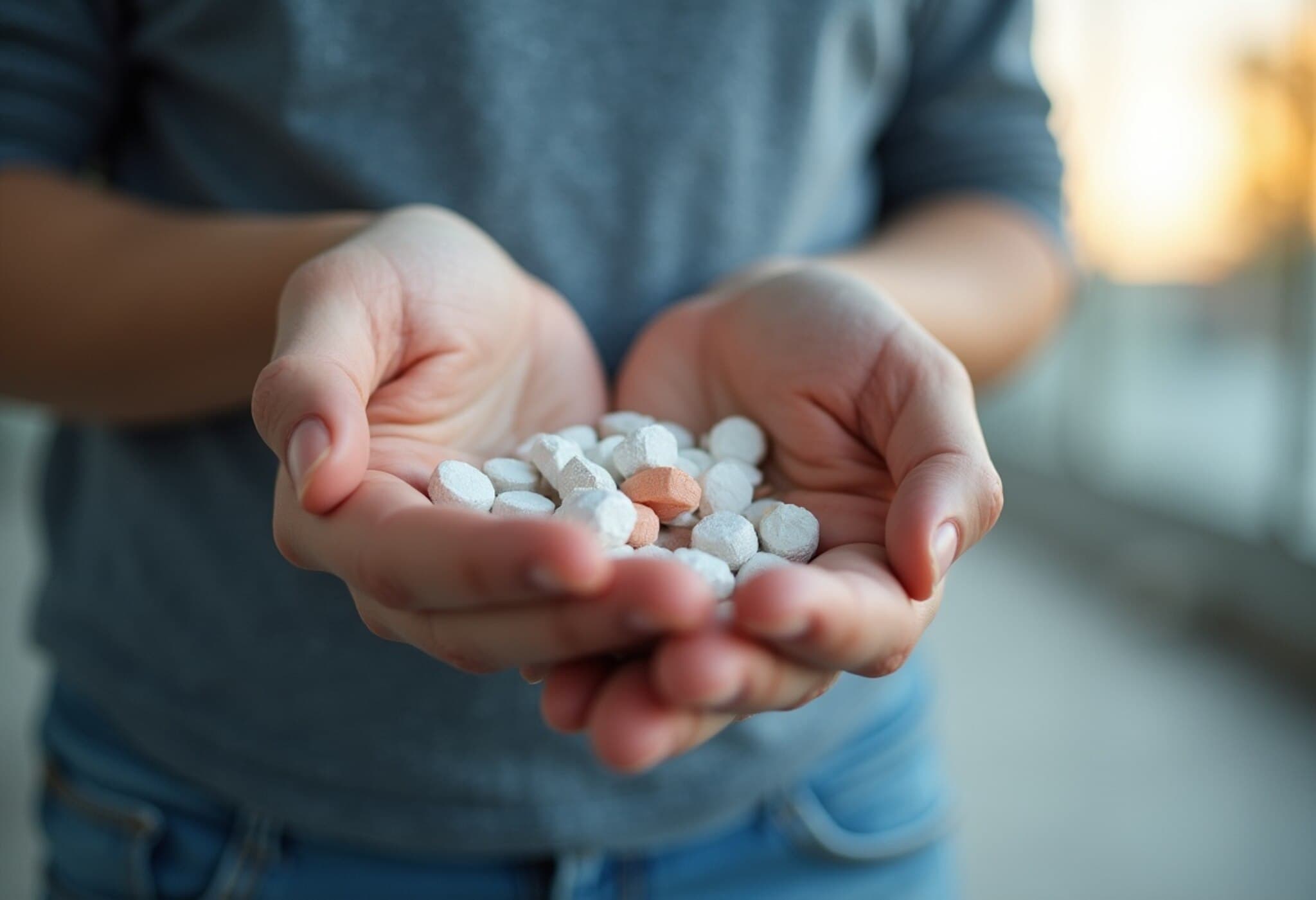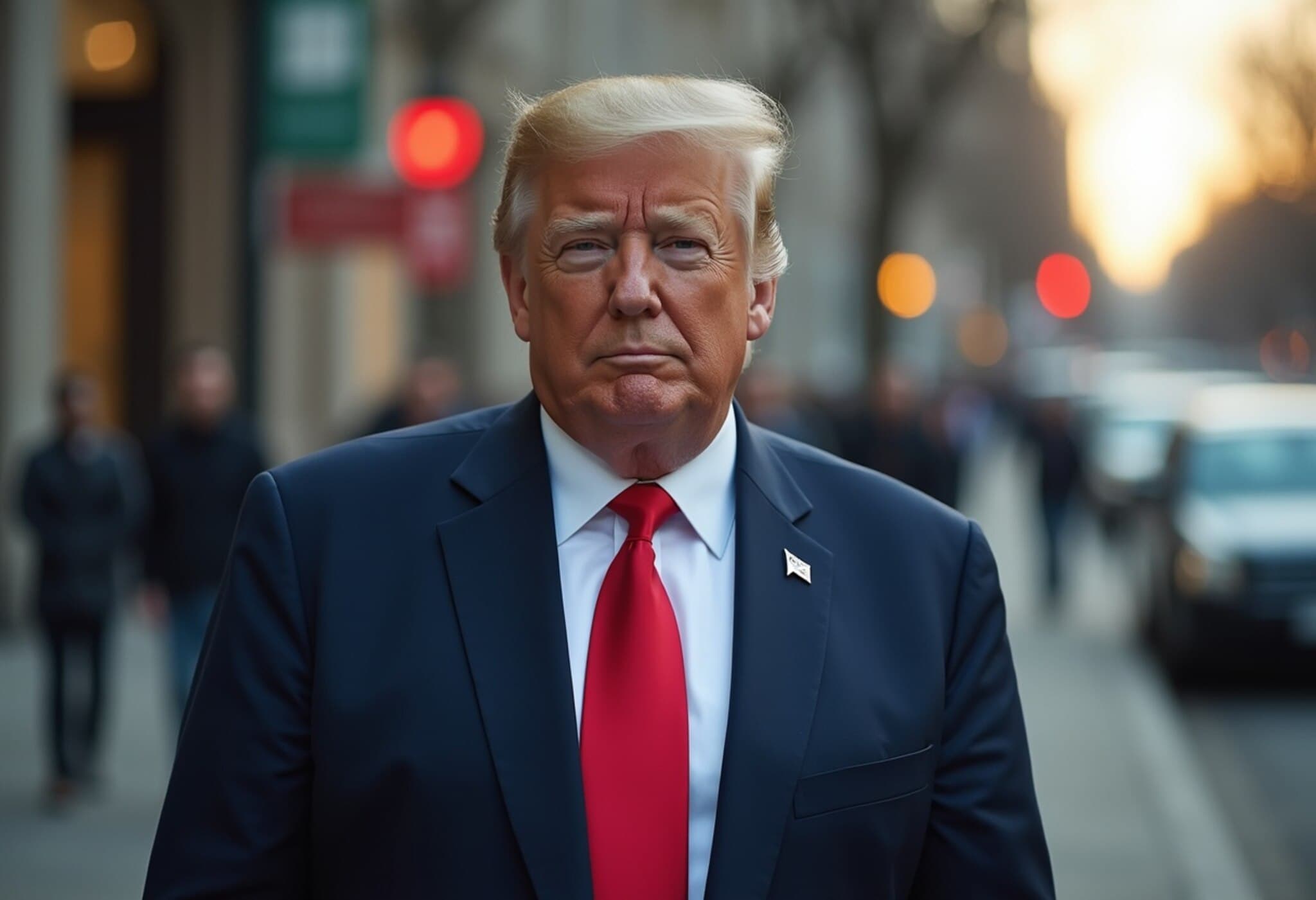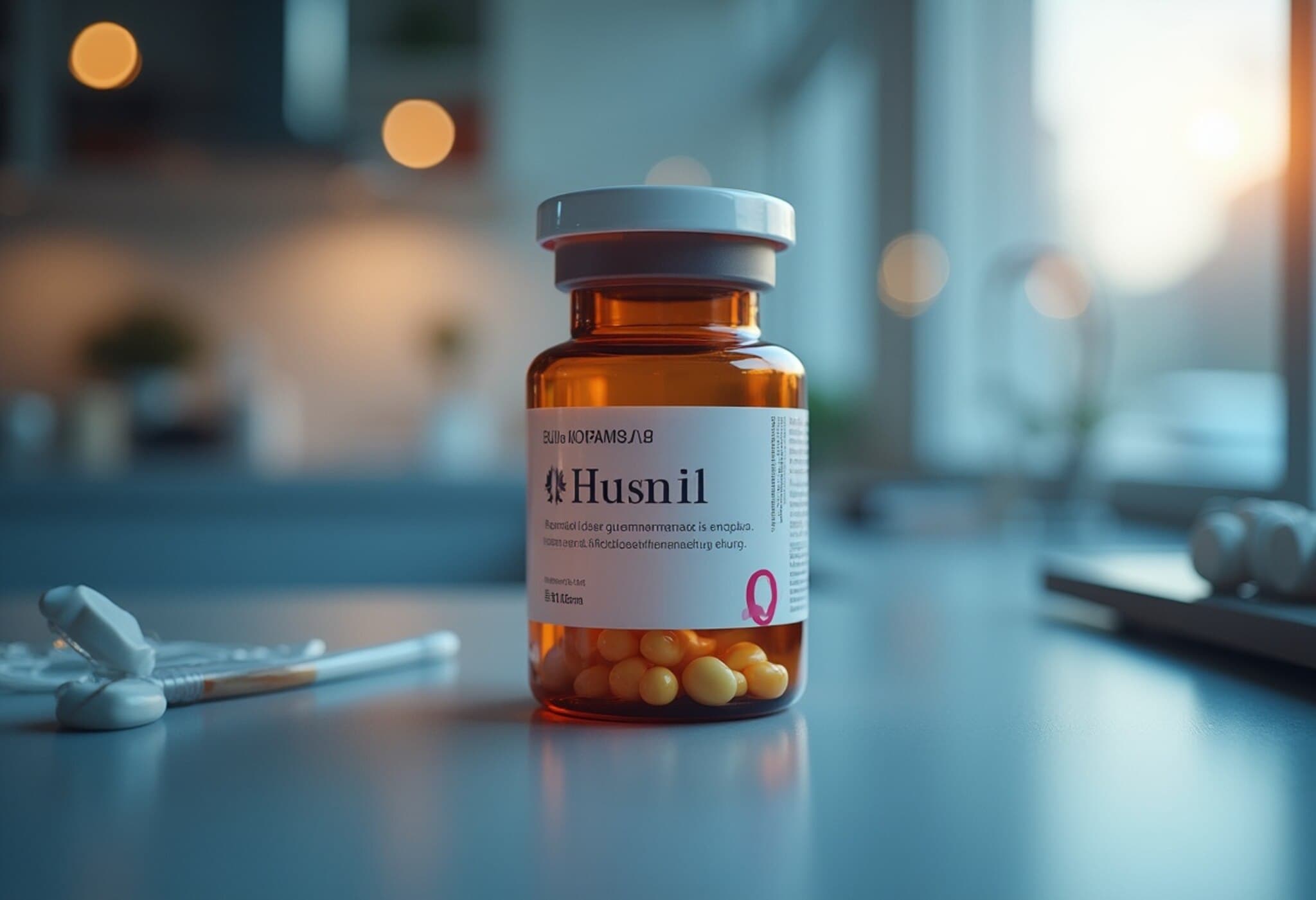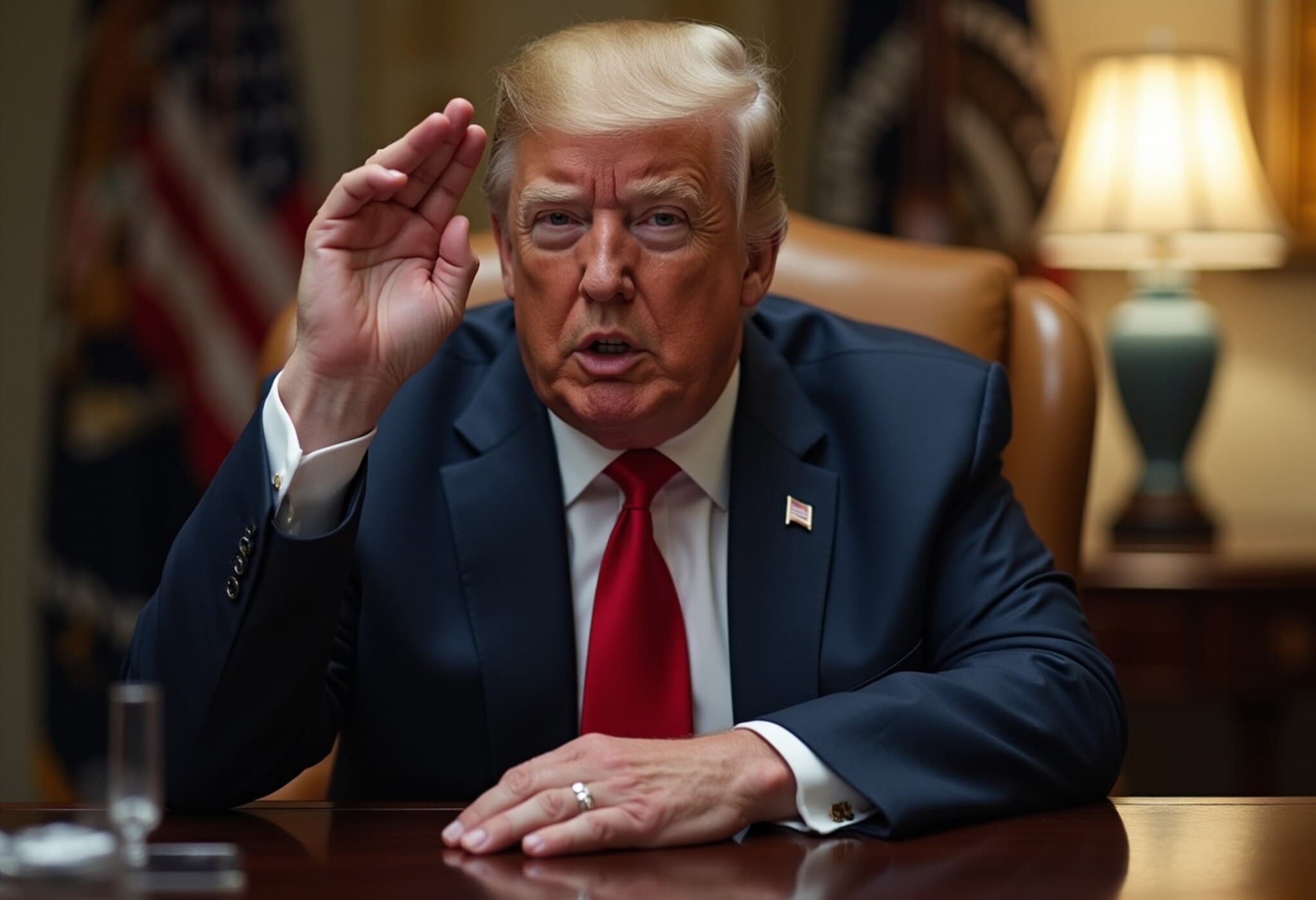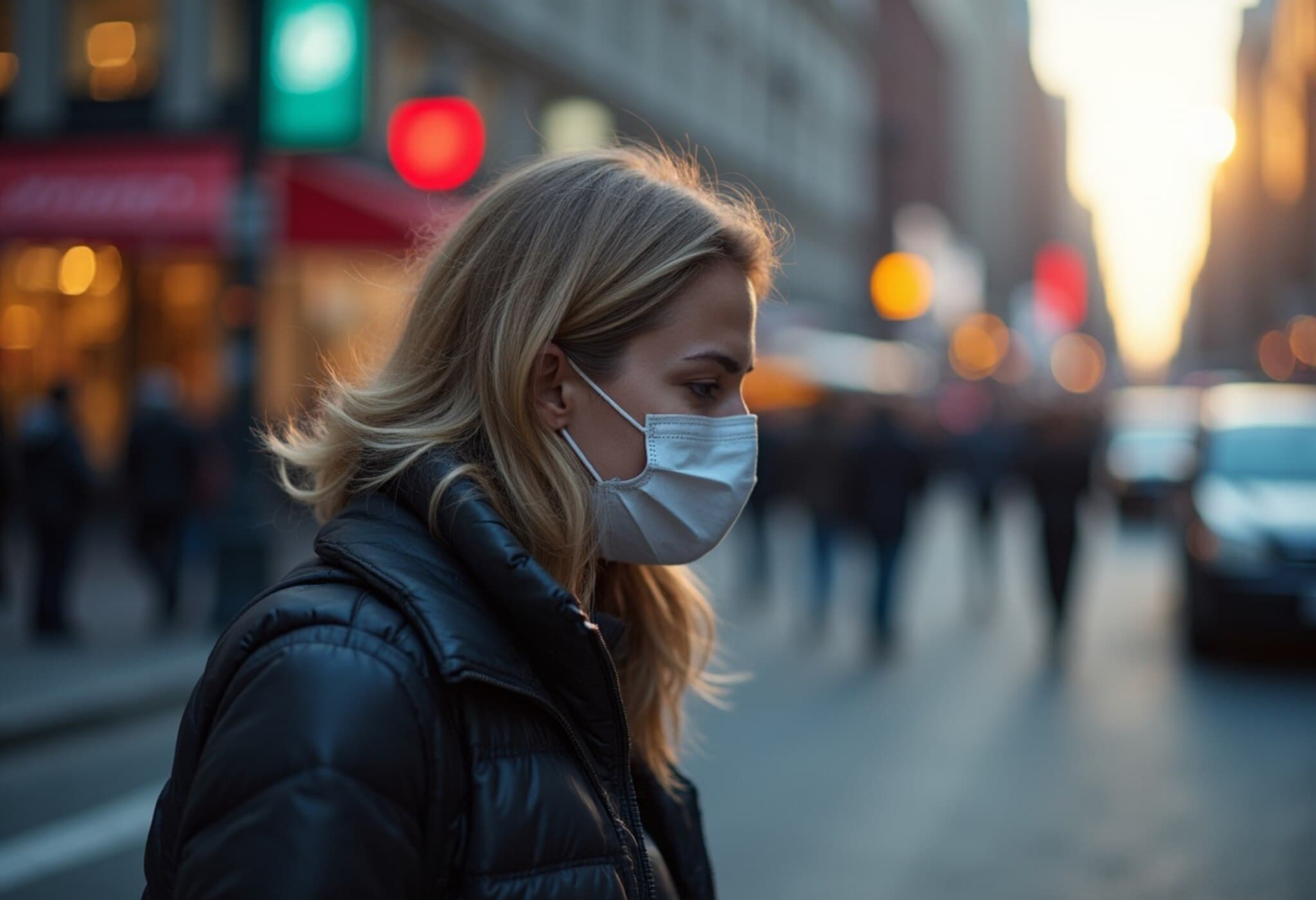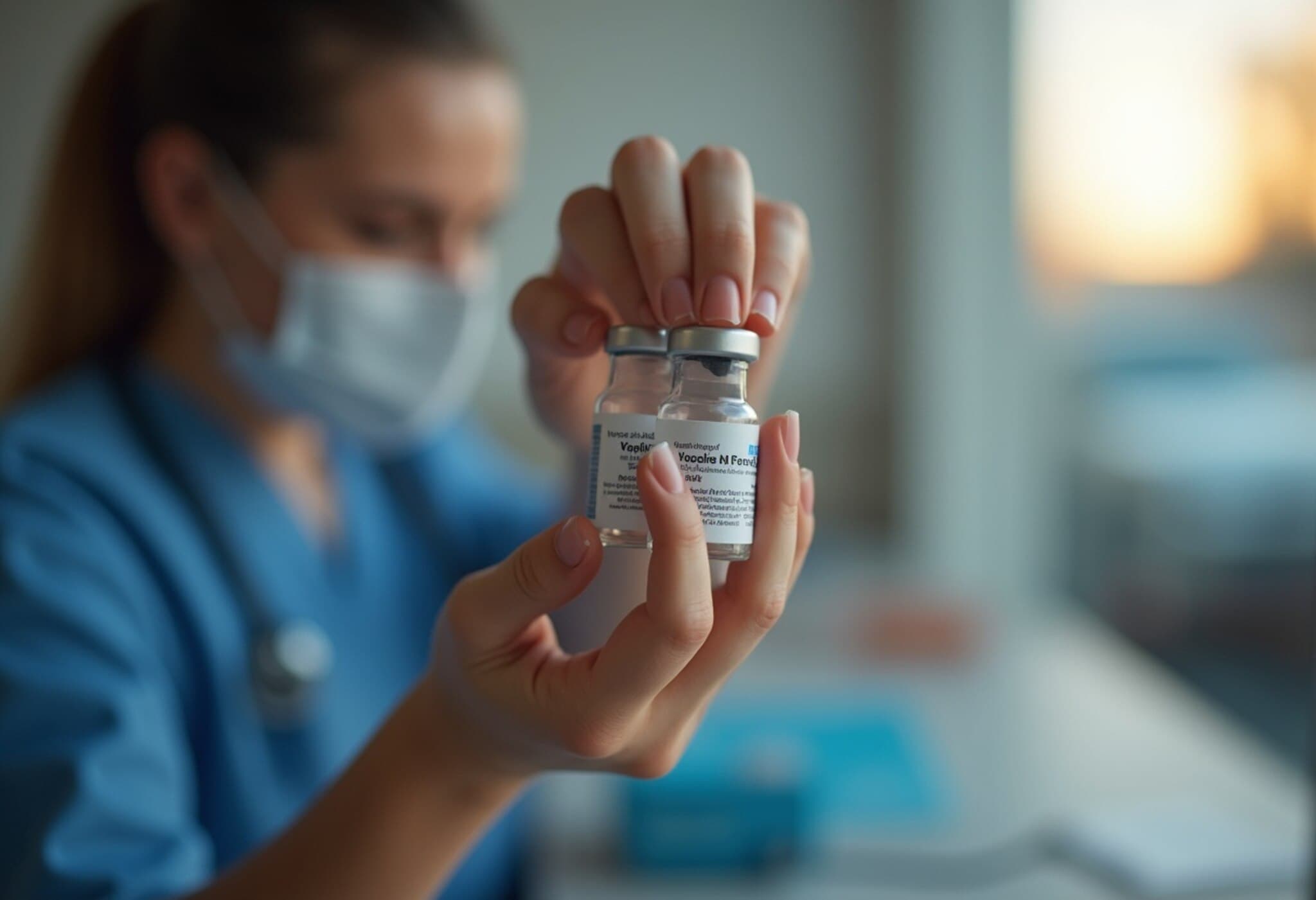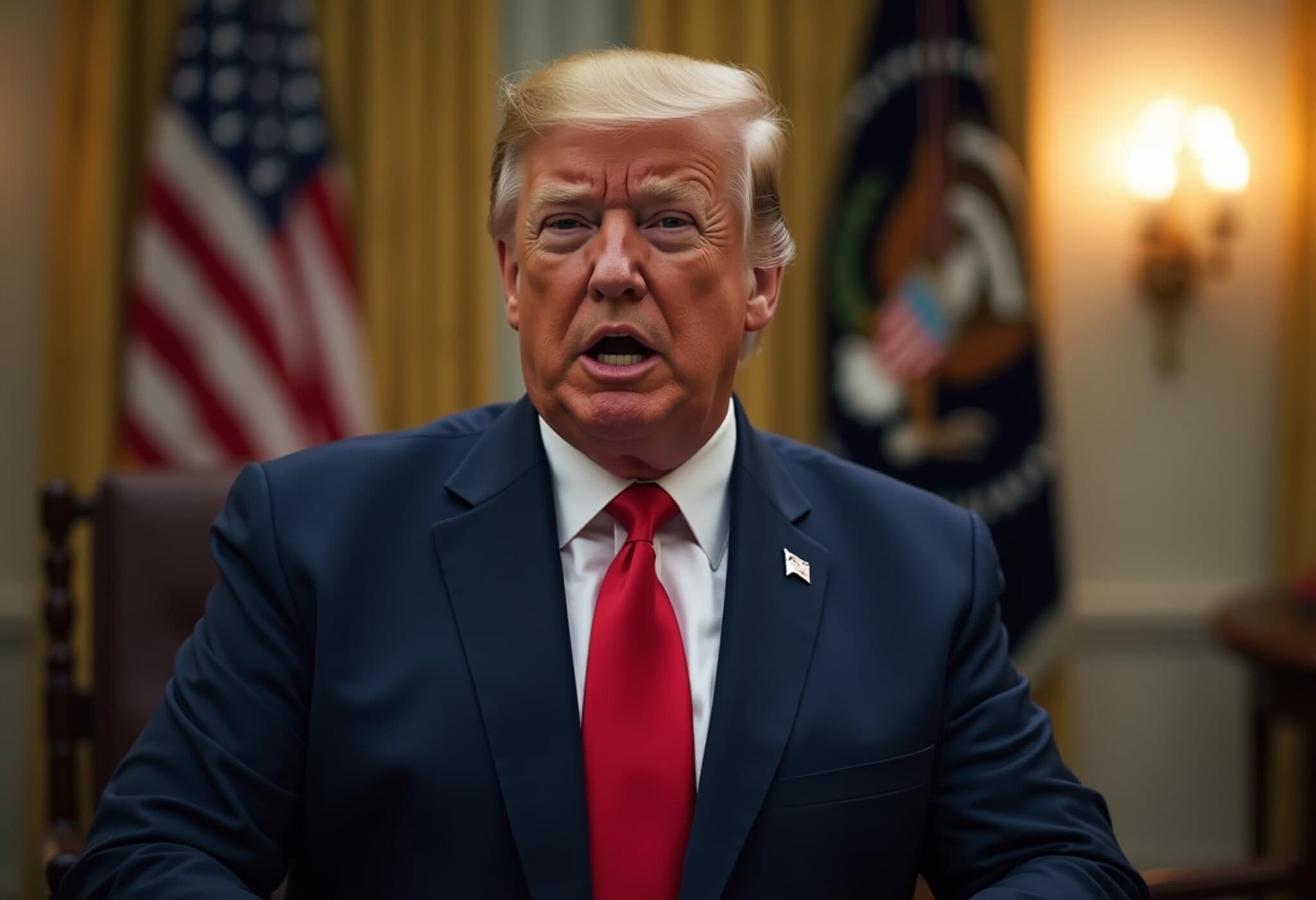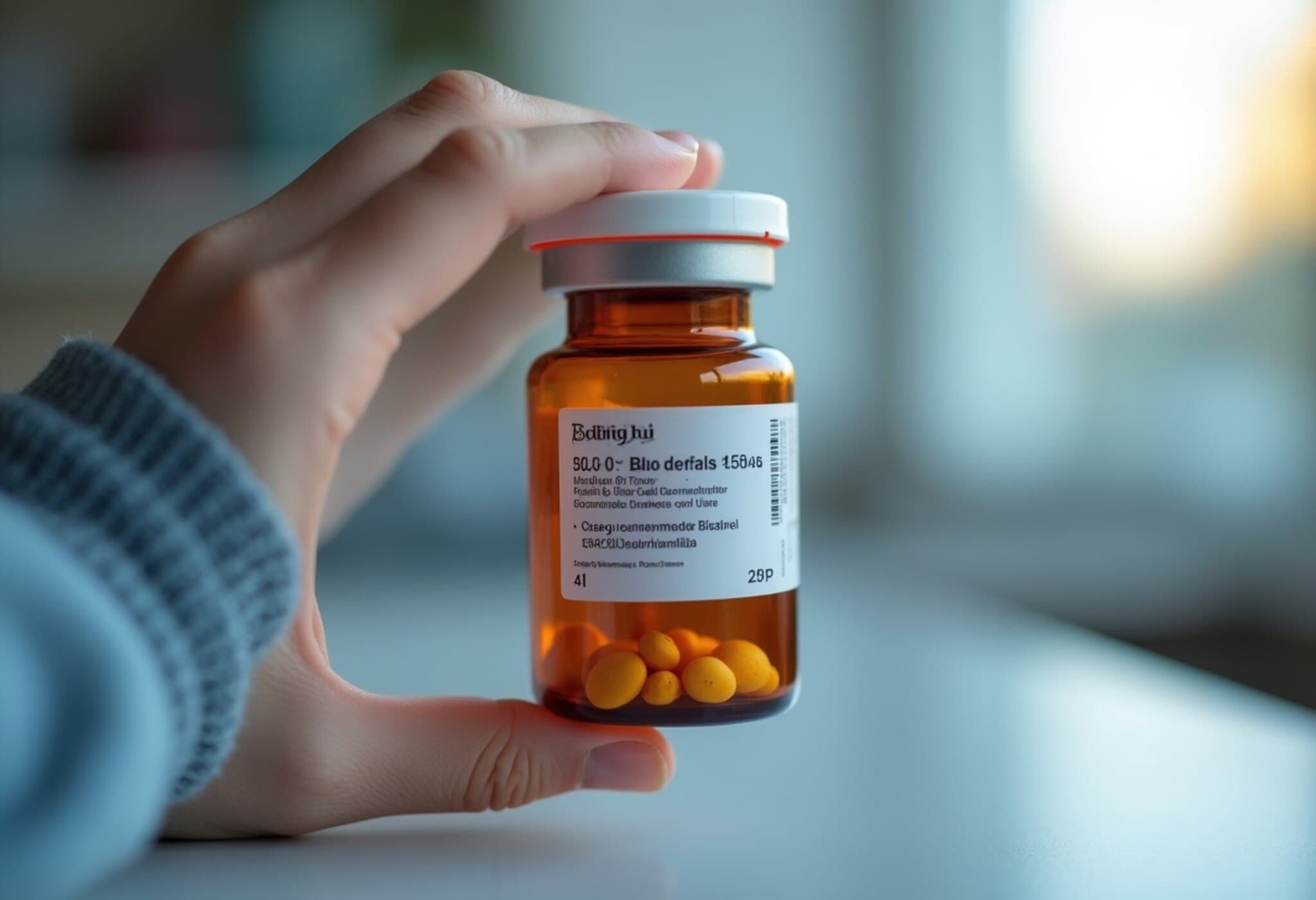Eli Lilly Boosts 2025 Outlook Amid Robust Sales of Diabetes and Weight Loss Drugs
Pharmaceutical giant Eli Lilly has raised its financial guidance for 2025 after reporting stronger-than-expected second-quarter results, fueled primarily by soaring demand for its blockbuster diabetes and obesity treatments. The company’s optimism underscores a strategic win in the lucrative weight management market while navigating a complex regulatory landscape.
Financial Highlights Exceed Market Expectations
Eli Lilly announced it now expects 2025 sales between $60 billion and $62 billion, up from its previous range of $58 billion to $61 billion. Adjusted earnings per share (EPS) guidance also climbed to a range of $21.75 to $23.00, compared with an earlier estimate of $20.78 to $22.28 per share.
These upgrades reflect the company’s strong operational performance despite the pressure of existing tariffs on pharmaceutical imports, though they do not account for any future levies proposed by the current administration.
Blockbuster Therapies Driving Growth: Mounjaro and Zepbound
Central to Eli Lilly’s earnings beat are its two flagship drugs: Mounjaro, a diabetes treatment, and Zepbound, a weight loss medication. Mounjaro posted an impressive 68% year-over-year revenue increase, generating nearly $5.2 billion in Q2. Meanwhile, Zepbound sales skyrocketed by 172% year-over-year to $3.38 billion — both surpassing Wall Street expectations.
CEO David Ricks expressed confidence in the drugs’ continued dominance, noting that tirzepatide, the active ingredient in both medications, is on track to become the industry’s best-selling drug by its third year on the market. He also hinted at a promising pipeline of upcoming therapies.
Orforglipron: A New Contender in Obesity Treatment
On the same day, Eli Lilly unveiled long-awaited Phase 3 trial data for orforglipron, its experimental obesity pill. Patients receiving the highest dose experienced an average weight loss of more than 12%. While this result is clinically significant, it fell slightly short of market expectations, triggering a premarket share dip of up to 12%.
The company remains upbeat about orforglipron’s potential but faces mounting pressure to deliver breakthrough solutions for obesity, a major public health challenge in the United States.
Operational Metrics and Market Dynamics
- Second-quarter revenue surged 38% to $15.56 billion, compared to $14.71 billion analysts anticipated.
- In the U.S., sales grew by 38% to $10.81 billion, driven by a 46% increase in prescription volume, primarily for Mounjaro and Zepbound.
- Net income nearly doubled to $5.66 billion, or $6.29 per share, compared with $2.97 billion a year prior.
Though volume growth was strong, Eli Lilly experienced some headwinds from lower realized drug prices, reflecting ongoing pricing pressures in the pharmaceutical sector.
Regulatory Outlook and Industry Challenges
Eli Lilly and its peers face an evolving policy environment as U.S. regulators intensify efforts to curb prescription drug costs. The White House recently urged pharmaceutical companies to voluntarily reduce drug prices by September 29, underscoring tensions following revived proposals that link U.S. drug prices to lower international benchmarks.
These developments inject uncertainty into the sector’s long-term pricing power but have not dampened Eli Lilly’s confidence in its growth trajectory.
Expert Insight: What This Means for Patients and the Industry
From a policy perspective, Eli Lilly’s results highlight the growing demand and patient reliance on innovative therapies for chronic conditions like diabetes and obesity — illnesses that have reached epidemic proportions in the U.S. The surge in sales illustrates the market’s willingness to pay for effective treatments, yet also raises complex questions about healthcare affordability.
Moreover, the modest underperformance of orforglipron relative to expectations suggests that even as pharmaceutical firms innovate, they must continually reset benchmarks and manage investor sentiment carefully.
Looking Ahead
With a robust pipeline and strong momentum behind its flagship drugs, Eli Lilly stands poised to maintain its leadership in the metabolic disease category. However, balancing shareholder expectations, regulatory pressures, and patient access will be critical for sustainable success.
Editor’s Note
Eli Lilly’s 2025 guidance upgrade shines a light on both the opportunities and challenges facing big pharma amid a national conversation on drug pricing and access. As blockbuster therapies for diabetes and obesity reshape the market, we must ask how innovation can be equitably aligned with affordability. Will legislative efforts meaningfully impact pricing structures, or will advances like Mounjaro and Zepbound transform patient outcomes despite cost concerns? This evolving story deserves close attention.

